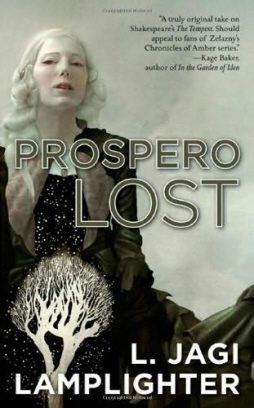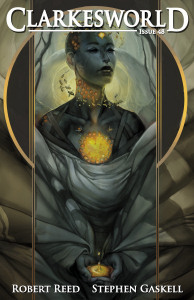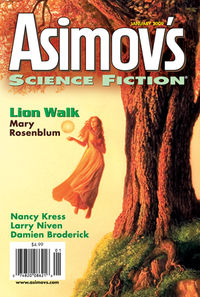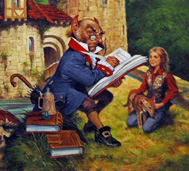Max Headroom Re-re-returns
 If you don’t understand the headline, you’re probably too young to remember Max Headroom, originally a British television movie that became a short-lived series for American broadcast (1987-1988) featuring a computer generated talking head–that would be Max–who later became a music video host, a “spokesperson” for New Coke (and if you don’t know what New Coke was, you’re really too young to care about this), and later brought out of retirement in the United Kingdom to explain the switch from analog to digital TV (this, you might remember). Though, today, any 12 year old with a cheap laptop could probably program a character like Max, back in the 1980s this was beyond the technical reach and budget constraints of broadcast television; Max was played by Canadian actor Matt Frewer outfitted in a latex get-up to make him appear pixalated.
If you don’t understand the headline, you’re probably too young to remember Max Headroom, originally a British television movie that became a short-lived series for American broadcast (1987-1988) featuring a computer generated talking head–that would be Max–who later became a music video host, a “spokesperson” for New Coke (and if you don’t know what New Coke was, you’re really too young to care about this), and later brought out of retirement in the United Kingdom to explain the switch from analog to digital TV (this, you might remember). Though, today, any 12 year old with a cheap laptop could probably program a character like Max, back in the 1980s this was beyond the technical reach and budget constraints of broadcast television; Max was played by Canadian actor Matt Frewer outfitted in a latex get-up to make him appear pixalated.
I was excited to learn that the series had recently been released for the first time on DVD: I vaguely remembered the program from its initial broadcast (because, yeah, I’m that old) and was eager to revisit something I remember as being very cool.
Alas, as Tom Wolfe used to say, you can’t go home again.




 The unfortunately named Bull Spec (I’m assuming this is a reference to Bull Durham tobacco and/or the Kevin Costner movie that takes place in Durham, N.C. where the magazine is based and its intent to feature local writers of “speculative fiction”) has published its
The unfortunately named Bull Spec (I’m assuming this is a reference to Bull Durham tobacco and/or the Kevin Costner movie that takes place in Durham, N.C. where the magazine is based and its intent to feature local writers of “speculative fiction”) has published its 
 I’m on vacation, but for the one or two (and I’m probably overestimating) of you whose Saturday is not complete without something from me in this space, you can read my
I’m on vacation, but for the one or two (and I’m probably overestimating) of you whose Saturday is not complete without something from me in this space, you can read my  Following up on
Following up on 
 The lead story for the
The lead story for the complete artwork comprising all the issues in 2010) is “Mannikin” by Paul Evanby. The story opens in July 1776, the date of American declared independence from British colonial rule (sidenote: the writer is Dutch and the magazine is published in the U.K.). But this isn’t about Ben Franklin or Thomas Jefferson, and doesn’t even take place in the colonies, but rather signifies the irony of a revolution that resulted in freedom for white Protestant male landowners who relied on the exploitation of African-American slaves to maintain economic autonomy.
complete artwork comprising all the issues in 2010) is “Mannikin” by Paul Evanby. The story opens in July 1776, the date of American declared independence from British colonial rule (sidenote: the writer is Dutch and the magazine is published in the U.K.). But this isn’t about Ben Franklin or Thomas Jefferson, and doesn’t even take place in the colonies, but rather signifies the irony of a revolution that resulted in freedom for white Protestant male landowners who relied on the exploitation of African-American slaves to maintain economic autonomy. Over at The Wall Street Journal,
Over at The Wall Street Journal,